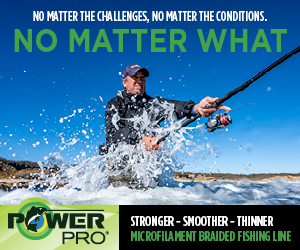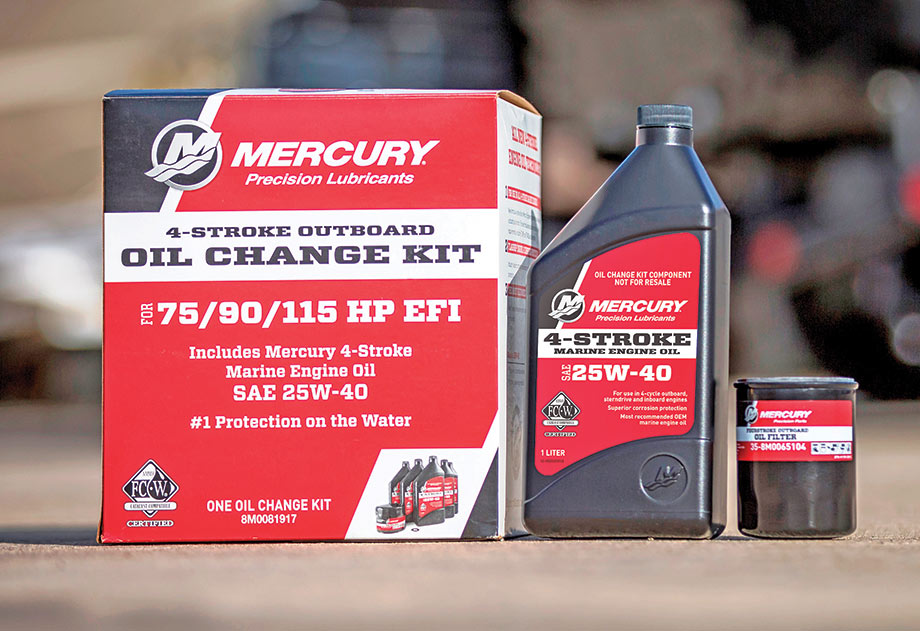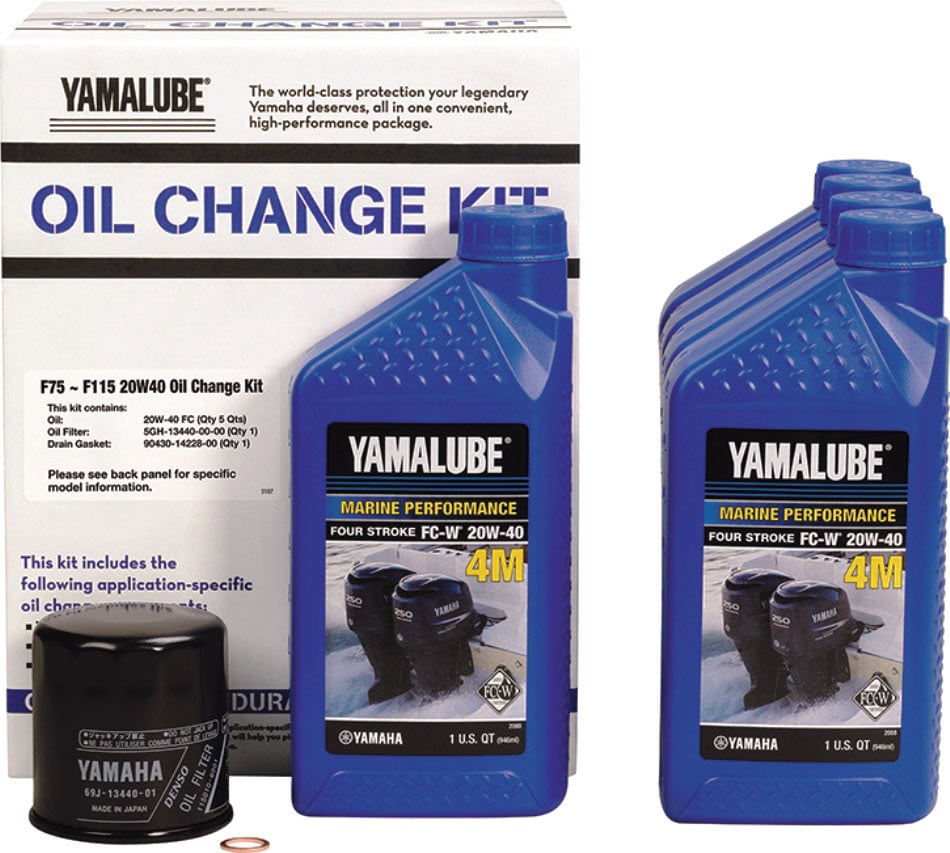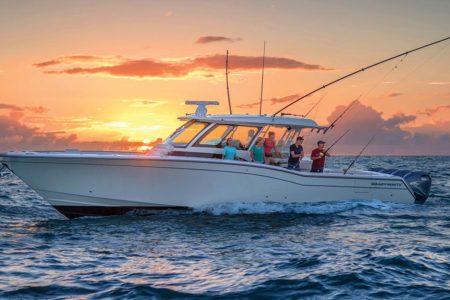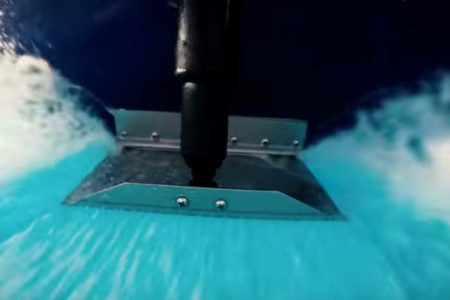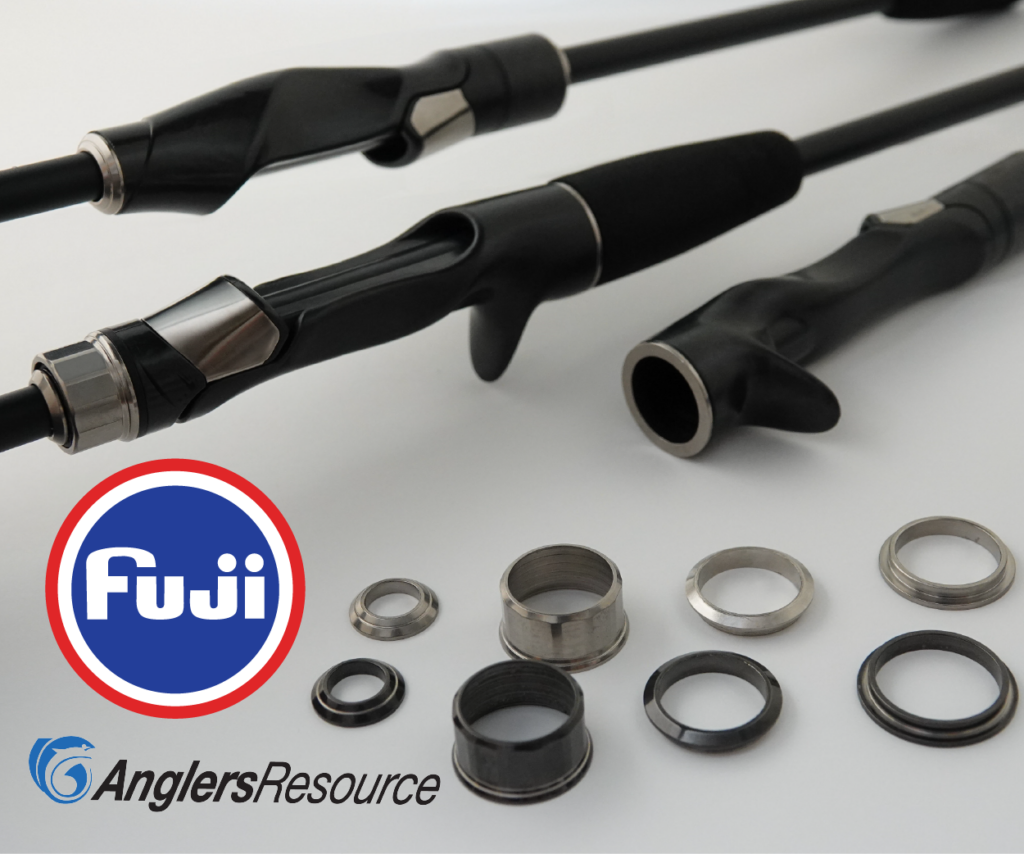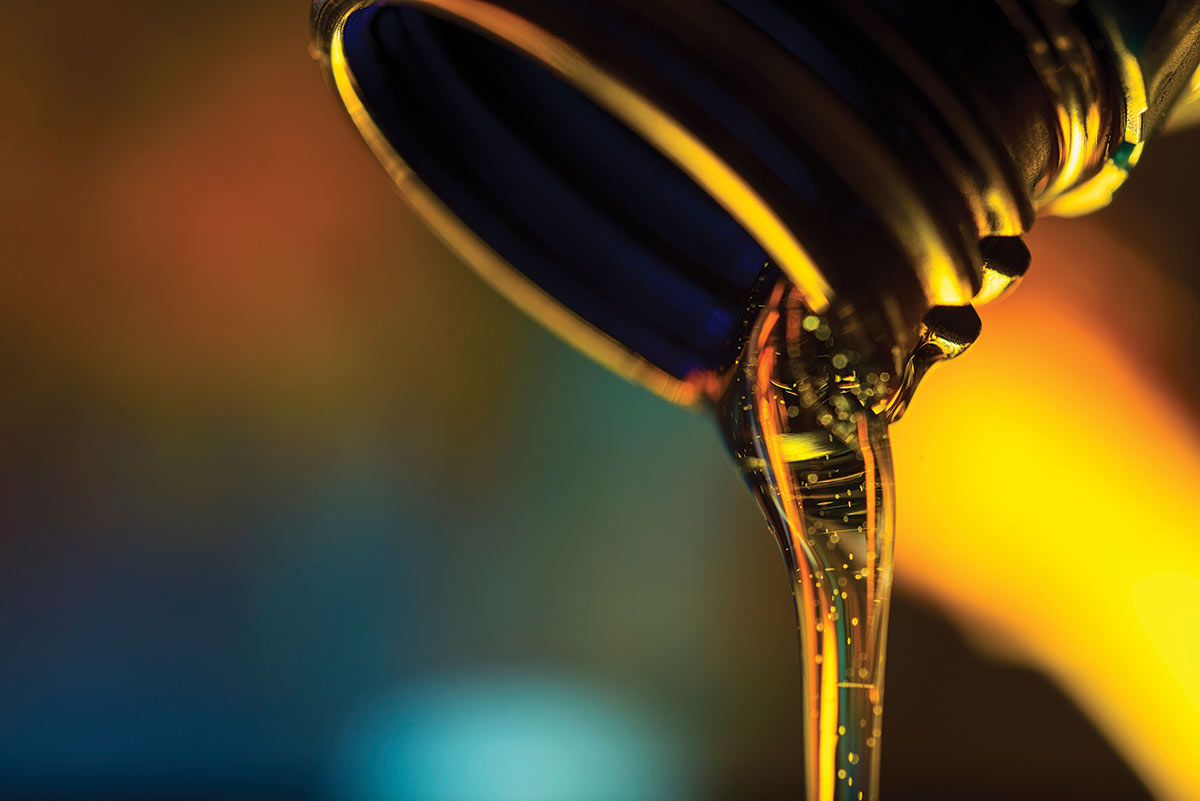
The Fisherman’s boating and electronics editor unravels the mysteries surrounding marine engine oil.
Have you ever wondered why engine oils manufactured for four-stroke (and two-stroke) marine use are so specialized and costly when compared to automotive oils? I have pondered that question more than once myself. What makes the marine environment so different? Why should I change my engine oil out every season or after 100 hours of use? How does adding a synthetic blend alter this equation and is it good for my engine? What do numbers like 10W-30 or 25W-40 mean on the oil bottle’s label? When’s the best time to do an engine oil change, in the spring or fall?
To get the most scientific answers to these questions, I reached out to the engineers and product managers at two of the biggest names in the marine engine business, Mercury and Yamaha. The answers were surprisingly logical and informative and should dispel any urban legend myths of using oil meant for a car in your boat, even if it is an inboard or I/O. I’m really excited that I was able to track this intel down from the folks that I trust, so sit back and let’s enjoy the ride down marine oil’s slippery slope.
What are the primary differences between four-stroke automotive oil and marine oil? Why use one versus the other?
David Meeler, the Yamaha Marine Group’s Product Planning and Information Manager stepped up to the plate to respond to this question. According to David, “Marine oil is vastly different than automotive oil. Automotive engines are not designed and built to run at 6000 rpm all day long, so the oil is not formulated to protect at this extreme level. Additionally, automotive engine oil specifications have an entirely different agenda due to regulations, mandates and warranty items they must target. Marine oil is formulated and designed for the harshest saltwater environment. Automotive oils don’t operate in the constantly corrosive environment that boats do, so marine oils have much higher levels of anti-corrosive additives in them. These differences are certified to a minimum industry standard by the NMMA using the “FC-W” label. An excellent example is Yamalube 4-M. It’s formulated to provide specific protection that automotive oils (and even many marine oils) don’t, by using a proprietary formula of anti-wear additives, anti-corrosion inhibitors, shear-stability polymers and anti-foaming agents (for proper protection in sustained high-rpm operation), as well as detergents, dispersants and viscosity index improvers that meet or exceed the FC-W specification. Yamalube 4-M is specifically formulated for the precise operational characteristics a four-stroke outboard can endure, including the possibility of oil dilution, which can sometimes occur (i.e., when gasoline from the combustion chamber leaks by worn piston rings and gets into the oil crankcase). Yamalube 4-M is a very special, purpose-built oil specifically made for four-stroke outboards that operate in the harsh marine environment.”
How is marine oil made? How is it different from automotive oil?
To get the answer to this question, I reached out to Mercury Marine’s Associate Product Manager for Engine Care Products, Samantha Nehring. According to Sam, “Automotive and marine engines are engineered to run quite differently. In order to meet emissions and fuel economy standards, automotive engines are calibrated to run within a certain rpm range and seldom see any heavy loads.” Most of the time they are running at low rpm, “cruising” down the road and since the vehicle is rolling they are under a relatively light load. They also run at a controlled temperature to ensure consistent operation and fuel usage.
Marine engine oils have to handle high rpm and constant loads experienced by marine engines. Marine engines typically operate at either idle or wide-open throttle. Many marine engines are cooled by lake, river or sea water so, while thermostatically-controlled, their temperature cycling is much different and fuel dilution can be an issue. A marine engine oil has to resist shear, moisture and corrosion more than an automotive engine oil, and has to have extremely strong film strength to protect engine parts under constant stress and load. Finally, marine engines often go past their oil change window, so anti-oxidants are critical to extending oil lifespan.
Engine configuration in outboard applications is much different than in an automotive application, with the engine often configured vertically. The job of lubricating oil in a vertically-oriented engine is even more challenging, because it has to flow up and down while providing consistent protection throughout the engine. Lubricating cylinders and bearings at the top of the engine can be more difficult, and even lubricating individual cylinders, crankshaft and rod bearing journals can be challenging.
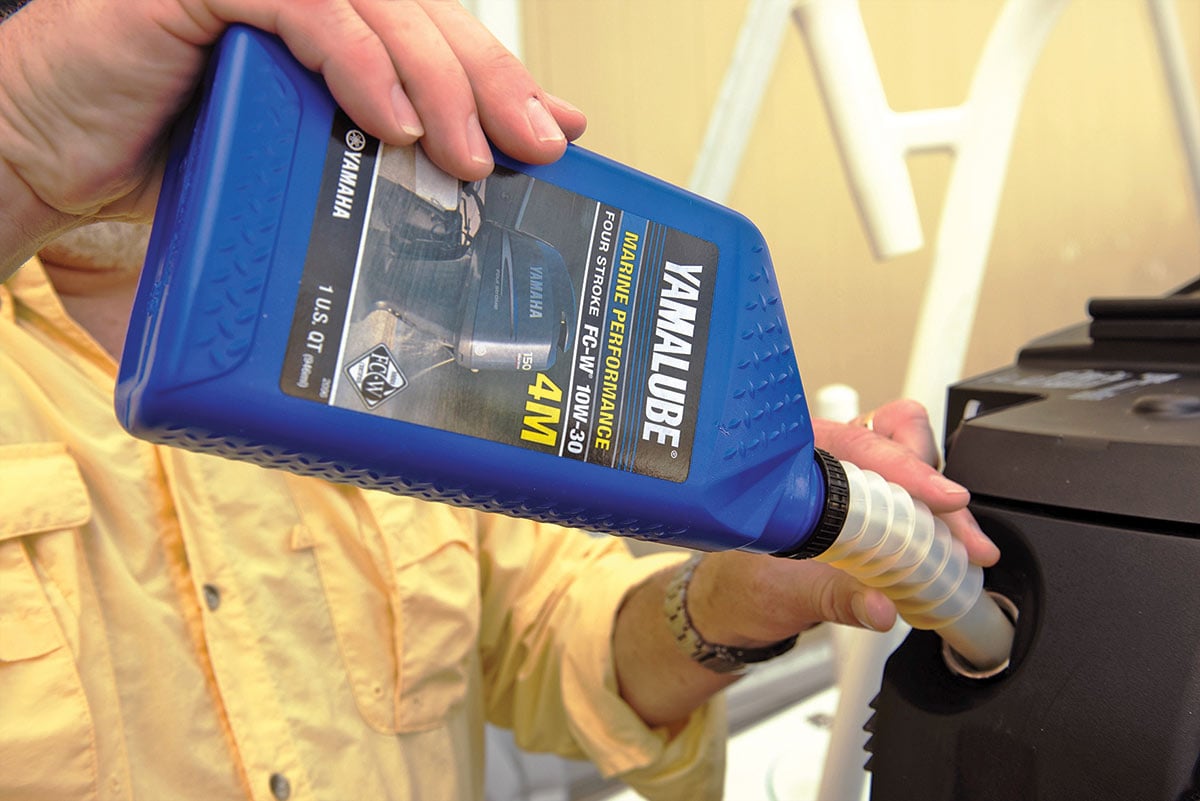
Because marine engine oils have to protect against so many marine-specific challenges (corrosion, oxidation, shear, moisture) additives are much more important in a marine oil blend than in an automotive blend. Marine blends typically contain 65% to 80% base stock, with 20% to 35% additives, while automotive blends contain a higher base stock and only 10% to 20% additives.
Non-synthetic oil, often referred to as mineral-based oil, is a product of the petroleum refining process, where the different elements of crude oil are separated through a distillation process. This is the same process that produces gasoline, diesel fuel and other petroleum products. Lubricating oils manufactured through this process are considered Group I (gear oil, industrial) and Group II (engine oil), and work well for many applications, but their molecular structure is inconsistent. Visualize the molecules of non-synthetic lubricants like a jar full of rocks.
Synthetic lubricants (Group III) are produced through a chemical synthesis process, which is a higher grade refining process where molecules are broken down and rebuilt into a uniform structure. The higher the refining process, the more pure the base oil becomes and typically, the higher the lubrication quality of the oil. The advantage of synthetic lubricants is they have a consistent molecular structure. If the molecules of a non-synthetic lubricant are like a jar of rocks, picture the molecules of a synthetic lubricant like a jar of marbles. Now imagine sticking your hand in each jar – it would definitely be easier to slip your hand into the jar of marbles!
Semi-synthetic lubricants (a.k.a. “synthetic blend”) are a blend of synthetic and mineral base oils and typically contain up to 30% synthetic stock, but there is no specific formula. Semi-synthetic oil imparts some level of synthetic lubrication qualities and oil stability to a mineral blend. While not as high a quality of lubricant as full-synthetic, it is a higher quality lubricant than a mineral oil.
Unlike Group I, II and III base stocks, which are produced through the petroleum distillation process, PAO (polyalphaolefin) synthetic base stocks (Group IV) are derived from ethylene. PAO synthetics are highly stable lubricating oils but they are expensive and cost prohibitive for most applications. PAO is often used in high-performance and racing applications. Like PAO, Esters (Group V) are another high-grade synthetic and are typically used in compressors and industrial applications. Ester molecules are highly-stable and function well at both ultra-low and ultra-high temperatures, so they are often used to supplement a lower grade synthetic to enhance cold flow and high-temperature protection.
Mercury’s Quicksilver lubricants choose the highest-grade synthetic base stocks that are appropriate for the given application. We carefully balance value, protection and performance to meet the goals of each formula. That means you’ll get the highest level of protection available for your given application for the best price.”
Explain the importance of regular 1-year/100-hour oil changes.
According to Yamaha’s David Meeler, “What most boaters don’t realize is that although an engine oil’s primary job is to lubricate internal parts, there are also other requirements that it must fulfill. Another important job is to cool the inside of the engine by carrying away heat from those surfaces where cooling water can’t go, and to carry away the acidic by-products of combustion. For this reason, and the stressful moisture-rich environment that marine oil lives in, adhering to regular oil and filter changes at the manufacturer’s recommended interval is important. For Yamaha and most other outboards, that’s going to be every 100hours or annually.”
When is the best time to change your engine’s oil, spring or fall?
According to Mercury Marine’s Samantha “Sam” Nehring, “fall is the best time to do an oil change during the winterization process. You want to remove all of the acids that can cause corrosion and other damage to your engine. Doing the oil change in the fall also removes any water that might have intruded into your engine before it can separate from the oil, freeze and cause corrosion.”
Yamaha’s David Meeler agreed. “Right before any period of extended storage is the ideal time to do an oil change. You don’t want those acidic combustion by-products sitting in your crankcase over long storage periods. It’s best to have a new oil with a fresh additive system sitting in the engine to provide maximum protection during this time.”
Proper way to check your outboard’s oil level
Yamaha’s David Meeler, walked me through the recommend step-by-step process of how to check your outboard’s engine oil, to determine its level and whether it’s time to top it off. According to David, “The oil level check procedure for your Yamaha four-stroke outboard is a bit different than the procedure for your car. It’s easy to get an accurate reading if you follow this procedure.” Start and warm the outboard to normal operating temperature, then shut it off. Tilt the engine up halfway and allow it to rest for five minutes to thoroughly drain the oil back into your outboard’s crankcase. Trim the outboard back down to a level attitude. Tip: You can place a small level on top of the anti-ventilation plate to help you determine when to stop.
Remove the engine cowling, pull the dipstick, wipe the oil from it and re-insert it in the crankcase. Then pull the stick again and check the oil level. This helps ensure proper venting for accurate indication.
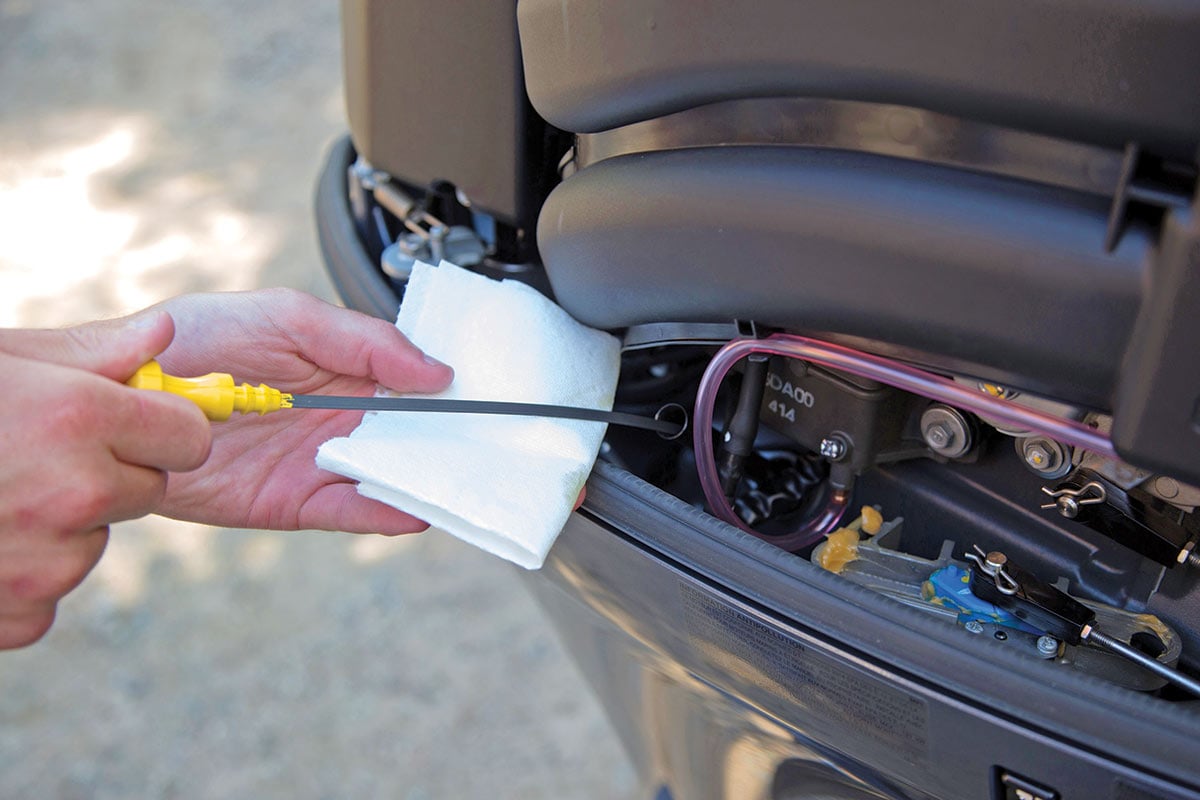
At the proper oil level, the oil should be halfway up crosshatch pattern on the dipstick. Tip: The top and bottom of the crosshatch pattern on the dipstick do not represent “high” and “low.” The correct oil level indication is at the mid-point of the pattern. Use caution when filling or adding oil. Yamaha four-stroke outboards have a tapered oil sump design (smaller at the top than the bottom), so the closer the oil level is to full, the faster it fills. Therefore, add oil slowly and in small amounts, and do not attempt to “top off.” Do not allow the oil level to surpass the upper portion of the crosshatch pattern. Doing so may result in aeration of the oil, reducing lubricity and oil pressure, and may cause eventual engine damage.
To implement the “oil check” process, the majority of outboard engine manufacturers require that you remove the cowling in order to make this happen. This requires that you take care not to drop this expensive fiberglass cover in the water, scratch it up by dropping it on the deck of your boat or the dock, and avoid clipping any critical wires or hoses when taking it off or putting it back on the engine. Once you place the cowl back on the engine’s frame, be sure to “jiggle” it on the perimeter of its seal to fully seat it before you lock down the handles to secure it. The final step is to grab it by the top handle and shake it to ensure that it is back where it belongs and will effectively seal out any moisture or seawater from the critical internals.
One of the reasons that the majority of four-stroke outboard users are guilty of not checking their engine’s oil level on a regular basis is that this entire procedure is a real pain. The engineers at Mercury Marine have introduced a breakthrough design on their new V6 and V8 outboards that will make checking your engine’s oil a breeze. A top cowl service door allows for easier and more periodic checks of the engine’s oil level, in addition to a more convenient way to add oil to achieve the proper level. Opened with a single push, the spring-loaded panel flips up to reveal the oil dipstick and the outboard’s oil fill receptacle. Also concealed inside this door is a folding carrying handle/latch, to give boaters a sure handhold when they do need to lift the cowling off the motor’s frame. Getting a look under the bonnet on a regular basis is a good idea and can help boaters spot leaks, corrosion, loose wires and other problems earlier in the process, which might eliminate more expensive and catastrophic headaches later.
| OIL CHANGING MADE EASY |
|---|
| Both Mercury and Yamaha offer complete oil change kits that include the correct oil for your engine, a filter, plus other requisite accessories and components to do the job right. Mercury’s oil change kits are designed to make it easy for DIY customers to change their four-stroke outboard’s oil. Each kit contains all the items needed to change the oil in select Mercury four-stroke outboards, including the appropriate quantity of 25W-40 marine engine oil; the proper Mercury oil filter; a drain plug seal; a drip tray (where applicable); plus complete instructions that are printed right on the box. Easy! Yamaha’s answer to the “easy oil change” process is essentially similar, with a boxed kit that includes all of the necessary components need to take care of business. Whenever you do your own oil changes, be sure to dispose of the old engine oil properly.
|
Suzuki ECSTAR 10W40 Semi-Synthetic Four-Stroke Oil
Suzuki’s new ECSTAR V7000 Semi-Synthetic Marine Engine Oil is designed specifically for its family of four-stroke outboards. It’s a blend of high performance synthetic lubricants and premium mineral oils engineered to protect Suzuki outboard engines and optimize their performance. I spoke to a Suzuki PR Manager at last year’s Ft Lauderdale Boat Show and he mentioned that the new ECSTAR V7000, semi-synthetic, 10W-40 four stroke outboard oil uses a high-quality, low sulfur content base oil that helps to reduce ash buildup for increased durability. The high viscosity index (it’s a 10W40, so the “10” component in this formula makes it easy to flow on startups) helps to reduce friction maximize and fuel efficiency. A proprietary list of other additives that are engineered into the base stock help to reduce wear, lower oil consumption, improve starting, reduce fuel consumption (less friction) and inhibit engine corrosion.
ECSTAR Suzuki Genuine Oil is specifically designed by Suzuki to withstand the demands of power sports engines used in the saltwater environment. Suzuki’s dedication to providing the highest performing products on the market required their engineers to create a premium oil that not only exceeded all standards set forth by the NMMA, but more importantly was formulated specifically for Suzuki marine engines. When using ECSTAR Suzuki Genuine Oil in their outboards, Suzuki owners can be confident that their engine oil will stand up to the harshest weather and climate conditions.
Suzuki’s new ECSTAR oil is engineered to exceed FC-W standards. This special formulation of base stock and additive stock produces the best performing marine oil Suzuki has ever offered and meets the needs of every Suzuki owner, from saltwater anglers that demand peak performance when running at high RPMs to catch a hot bite at a distant fishing ground, to recreational boaters seeking optimum fuel efficiency and long-term reliability.
| NMMA OIL CERTIFICATIONS EXPLAINED |
|---|
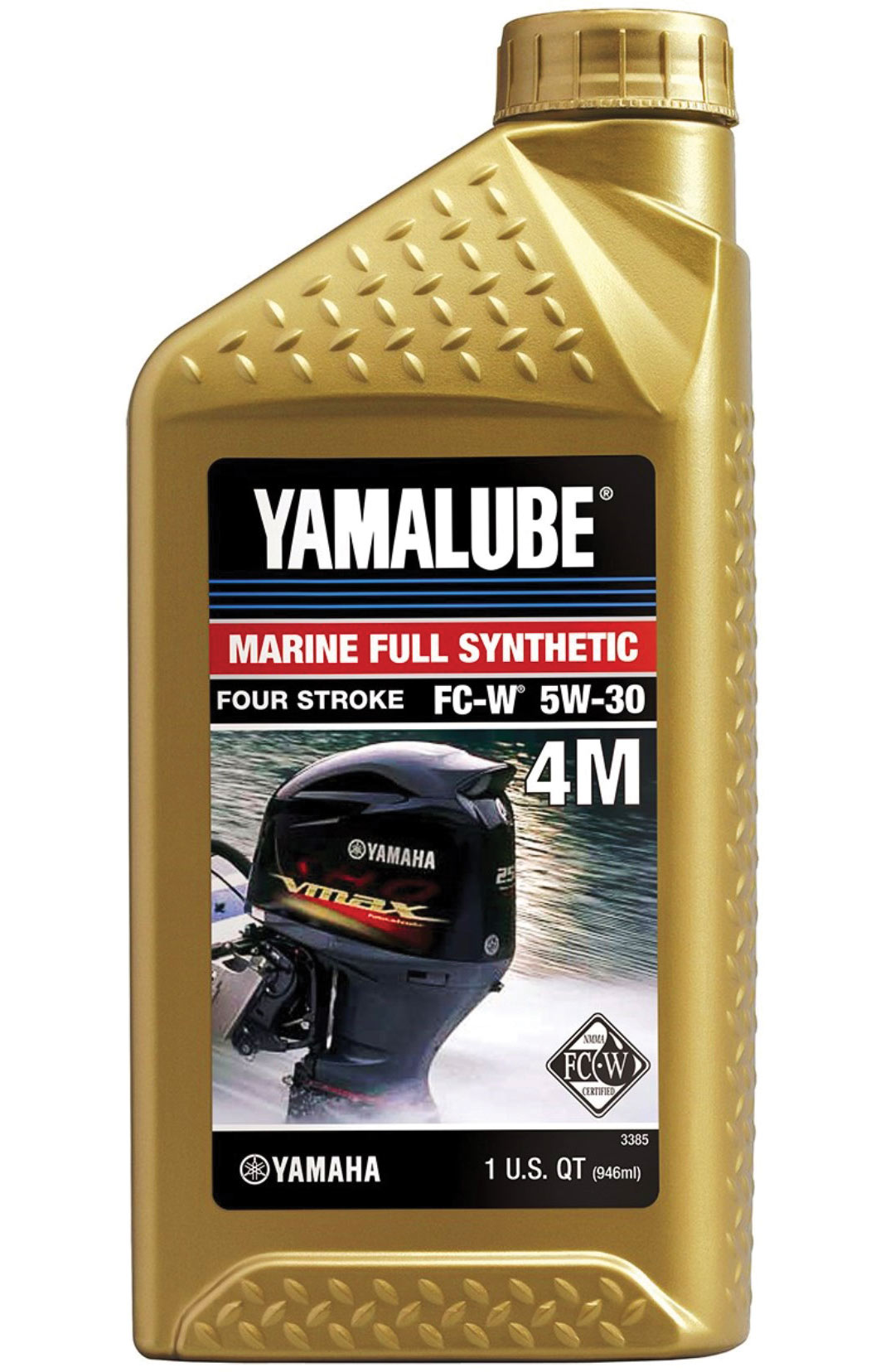 The following summary explains some of the symbols you will find on a bottle of marine grade engine oil: The following summary explains some of the symbols you will find on a bottle of marine grade engine oil:
|
